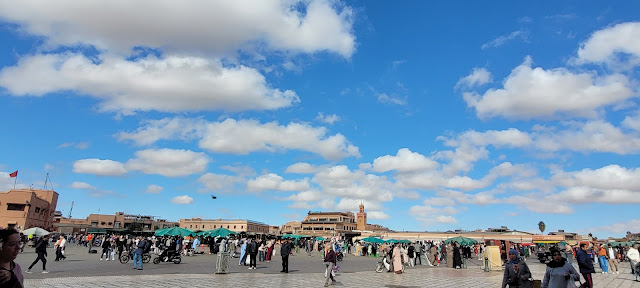WISDOM OF THE ANCESTORS — TRADITIONAL KNOWLEDGE & BELIEF SYSTEMS IN MOROCCO
From the depths of the Atlas Mountains to the vast Sahara, Morocco's traditional knowledge runs deep—etched not in ink, but in memory. These ancestral insights, especially rooted in Amazigh heritage, form a timeless system of understanding the body, the land, and the cosmos.
Exploring this world is more than a look into the past — it is a living journey into the heart of Moroccan identity, where myth, medicine, and memory are deeply intertwined.
Before modern pharmacology, Amazigh herbalists developed a sophisticated botanical science. Plants like wild thyme, chamomile, verbena, argan, and saffron were used with precise knowledge of lunar cycles. Healing was guided by the balance of elements — heat, cold, dryness, and moisture — much like ancient Greek medicine. Clay, honey, alum, and desert herbs were not just remedies, but tools for spiritual and physical equilibrium.
Before monotheistic religions, the Amazigh had their own cosmology, rich with gods and symbolic forces of nature:
• Tanit: Goddess of fertility, water, and the moon — representing sacred femininity and the cosmic womb.
• Amun: Sun god and creator, worshiped in desert oases; symbolized by the ram’s horn — a mark of wisdom and power.
• Anzar: Rain god in Amazigh folklore, remembered in poetic legends and rain-invoking rituals.
• Isli & Tislit: An epic tale of love, sacrifice, and cosmic balance, echoing the sacred duality of male and female energies.
Amazigh symbols are more than decoration — they are sacred codes inscribed in cloth, skin, and architecture:
• ⵣ (Yaz): Symbol of free man — dignity, identity, and resistance.
• Khamsa (Hand of Fatima): A talisman against the evil eye, channeling energy and protection.
• Traditional Tattoos: Once marked on faces and hands, these geometric patterns held tribal, spiritual, and protective meanings. They remain visible on the faces of elder Amazigh women across the High Atlas.
The Amazigh developed precise calendars based on lunar and stellar movements. The Amazigh Calendar, over 2950 years old, begins with a historical victory over pharaohs. Agriculture, harvest, and construction were aligned with stars and seasons — a knowledge still in use today in many rural villages.
The concept of "Baraka" (blessing) goes beyond Sufi mysticism — it reflects a hidden cosmic energy that dwells in people, places, and words. Passed on through intention, purity, and alignment with nature's invisible laws.
Like Yennayer (Amazigh New Year), a celebration of the earth, fertility, and renewal. These events include ritual cleansings, feasts, and sacred dances like Ahidous and Ahwach, expressing harmony between humans and the rhythm of the world.
Because to truly know Morocco is not only to see it, but to feel it — in gestures, rituals, and a reverence for the unseen.
Next time you admire an Amazigh tattoo, ask about its story. When tasting a traditional dish, remember it’s laced with layers of seasonal meaning and protection. And when you hear the beat of an Ahwach drum, listen for what lies beneath — the pulse of spirit.
Travel deeper — where stories are still alive.
With Morocco Ambience Tours, we reveal the hidden Morocco — where wisdom, myth, and nature write history in the language of symbols.
https://www.facebook.com/share/p/19RG1DKz3V/




Comments
Post a Comment